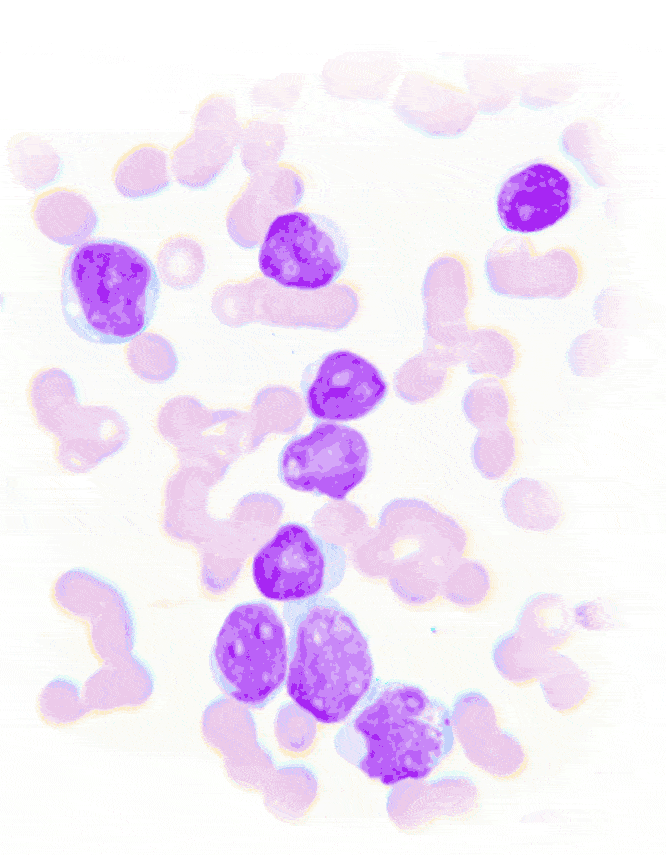Introduction
 Lymphoma is a type of cancer affecting disease-fighting cells called lymphocytes. It is one of the top ten cancers in Singapore. Lymphocytes are found in lymph nodes and lymphoid tissues, and they form part of the immune system. Since lymphoid tissues are distributed across the body, lymphoma can begin from almost anywhere.
Lymphoma is a type of cancer affecting disease-fighting cells called lymphocytes. It is one of the top ten cancers in Singapore. Lymphocytes are found in lymph nodes and lymphoid tissues, and they form part of the immune system. Since lymphoid tissues are distributed across the body, lymphoma can begin from almost anywhere.
There are two main types of lymphoma: Hodgkin’s Lymphoma and Non-Hodgekin’s Lymphoma (NHL). The difference between these two lymphomas is the types of lymphocytes affected.
Lymphoma is a treatable disease. Based on the type of lymphoma and its stage, these are some treatment options you can consider:
Treatment for Lymphoma
Chemotherapy
Chemotherapy involves the usage of drugs to target and kill rapidly dividing cells. The drugs can either be given orally, or injected into your vein. While the chemotherapy regimen depends on the stage and type of your lymphoma, it usually consists of a specific number of cycles administered over a specific time period.
The side effects of chemotherapy depend on the individual, type of drug used and its dosage, as well as its duration. You may experience the following side effects during your treatment:
- Fatigue
- Higher risk of infection
- Nausea and vomiting
- Loss of appetite
- Diarrhoea
These side effects can be controlled with medication, and will usually go away once the treatment is completed.
Radiation Therapy
Radiation therapy involves using high energy x-rays or particles to kill cancer cells and shrink cancerous tumours. Patients in the early stages of the disease, or have a lymph node that is particularly large (usually more than 10 centimetres) are most suitable for this treatment.
Radiation therapy is usually given together with, or after chemotherapy. It can also be used for the treatment of pain in some patients. This therapy is usually done in an outpatient setting, five days a week, over several weeks.
The side effects of this treatment may include:
- Fatigue
- Mild skin reactions
- Upset stomach
- Loose bowel movements
Most side effects will go away after treatment is completed.
Surgery
Surgery is usually not the main treatment option for NHL. It is only done to get a tissue sample (biopsy) in order to diagnose lymphoma, or to treat lymphomas that originate in certain organs and has not spread, such as the stomach or thyroid. However, for most lymphomas that are isolated within an organ, radiation or chemotherapy is usually the standard course of treatment.
Biologic Therapy
Biologic therapy is designed to boost the body’s natural defences to fight cancer. It uses substances from living organism, either made by the body or in a laboratory setting to bolster, target, or restore the immune system function.
Monoclonal antibodies
Monoclonal antibodies use laboratory-produced molecules to stimulate your immune system into fighting cancer cells. They work by binding themselves to the cancer cells.
While effective by itself, monoclonal therapy may work better when combined with other treatments.
Stem Cell / Bone Marrow Transplant
You may be suitable for stem cell transplant if you have recurring lymphoma. You will receive high doses of chemotherapy and / or radiation therapy to destroy both the lymphoma cells and healthy blood cells in the bone marrow. After that, you will receive healthy blood-forming stem cells from a donor. New blood cells will then develop from the transplanted stem cells.
Find out more about bone marrow transplants at Raffles Cancer Centre.
Make an appointment if you would like to find out more about the treatment options that are best suited for you.
After Treatment Care
After your treatment, it is important to keep all follow-up appointments. During these visits, your doctors will ask about your symptoms, do physical exams such as checking the size and firmness of lymph nodes, or order blood and imaging tests.
Most doctors recommend follow-up visits every few months for the first two years after treatment, then every four to six months for the next few years after treatment. Thereafter, the visits will be reduced to once every year and CT scans.
Make An Appointment
Make an appointment to consult an oncologist or haematologist. To make an appointment, select "Specialist Appointment". Under Specialist Appointment Details, select "Haematology", "Radiation Oncology", or "Oncology".
Make an enquiry. We will get back to you within 2 working days. You can reach us at 6311 2300.